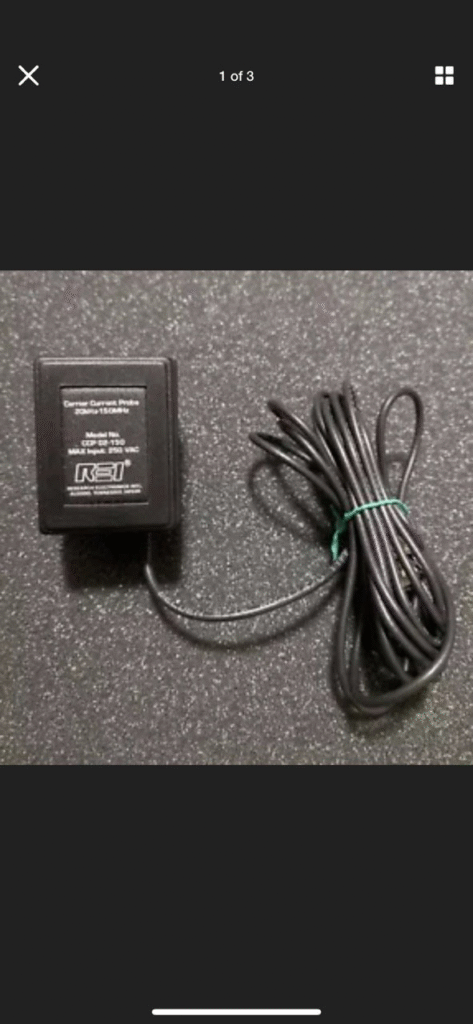
Powerline Communications Debunked
Powerline Communications and Electromagnetic Surveillance: A Technical Overview for Targeted Individuals
🔌 Understanding Powerline Communication (PLC) and Broadband over Power Lines (BPL)
Powerline Communication (PLC) and Broadband over Power Lines (BPL) are technologies that transmit data over existing electrical wiring. They operate in different frequency ranges:
- Narrowband PLC: Typically operates between 3 kHz and 500 kHz, used for applications like smart metering and grid control.
- Broadband PLC/BPL: Operates in the 1.8 MHz to 100 MHz range, enabling higher data rates suitable for internet access and home networking.
When these high-frequency signals are transmitted over unshielded power lines, the lines can act as unintended antennas, radiating electromagnetic energy into the surrounding environment. This phenomenon is more pronounced at higher frequencies:
- Above 30 MHz: Radiation becomes significant, and power lines can emit signals that interfere with radio communications.
🧪 Field Testing Insights: Tenda PLC Adapters
In practical tests using Tenda Powerline Adapters (based on the HomePlug AV standard), the following observations were made:
- Success Rate: Approximately 30%, primarily when devices were on the same electrical circuit.
- Failure: Inconsistent performance across different rooms or buildings, especially when on separate circuits.
- Conclusion: PLC signals are highly dependent on the electrical infrastructure’s topology, making them unreliable for consistent data transmission across varied setups.
🌄 Persistent Signals in Remote Areas
Testing in isolated locations, such as a 40-square-mile ranch located 40 miles from the nearest power infrastructure, revealed the continued presence of unexplained signals. This suggests that the source of these signals is not related to local power lines or PLC/BPL technologies.
🛠️ Professional Detection Methods
To accurately detect and analyze potential emissions from power lines, high-resolution spectrum analyzers are essential. Recommended equipment includes:
- Signal Hound BB60C: A real-time spectrum analyzer covering 9 kHz to 6 GHz, suitable for detecting both narrowband and broadband PLC emissions.
- Signal Hound SM200C: Offers a wider frequency range and higher dynamic range, suitable for more demanding applications.
For interfacing with power outlets, TSCM professionals use specialized electric outlet-to-SMA adapters. These adapters allow safe and effective coupling of the analyzer to the power line for signal detection. While specific models are proprietary and may not be publicly listed, companies like Research Electronics International (REI) include such adapters in their Tactical TSCM Kits (TTK). More information can be found on their official website: REI TTK – Tactical TSCM Kit.

Or
https://silvertoneelectronics.com/product/kestrel-3dep-10-power-line-probe

📡 Testing Procedure
- Equipment Setup: Connect the electric outlet-to-SMA adapter to a power outlet and link it to the spectrum analyzer.
- Frequency Monitoring: Focus on the 1.8 MHz to 100 MHz range, where BPL operates.
- Data Analysis: Look for structured signals, modulation patterns, or anomalies that deviate from typical powerline noise.
- Environmental Control: Test in various locations and conditions to rule out environmental factors.
⚠️ Conclusion
While PLC and BPL technologies can emit electromagnetic signals, their capabilities are limited by infrastructure and environmental factors. Persistent signals detected in remote areas suggest alternative sources, such as satellite communications or other wireless technologies. Utilizing professional-grade equipment and methodologies is crucial for accurate detection and analysis.
#TargetedIndividuals #PowerlineCommunication #BPL #SignalHound #BB60C #SM200C #TSCM #ElectromagneticSurveillance
